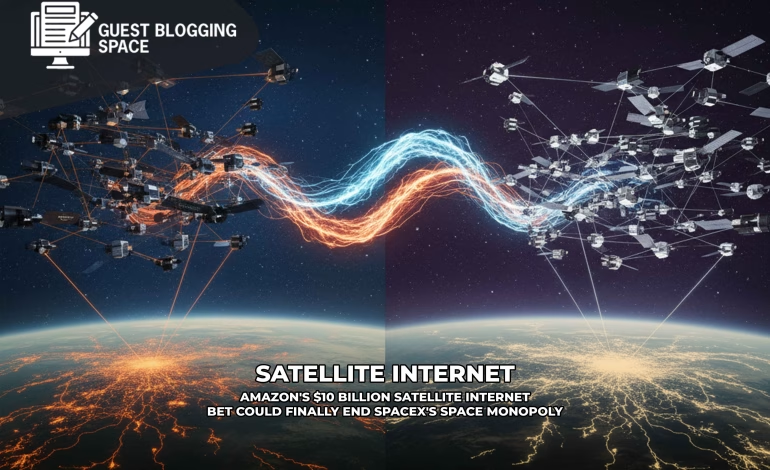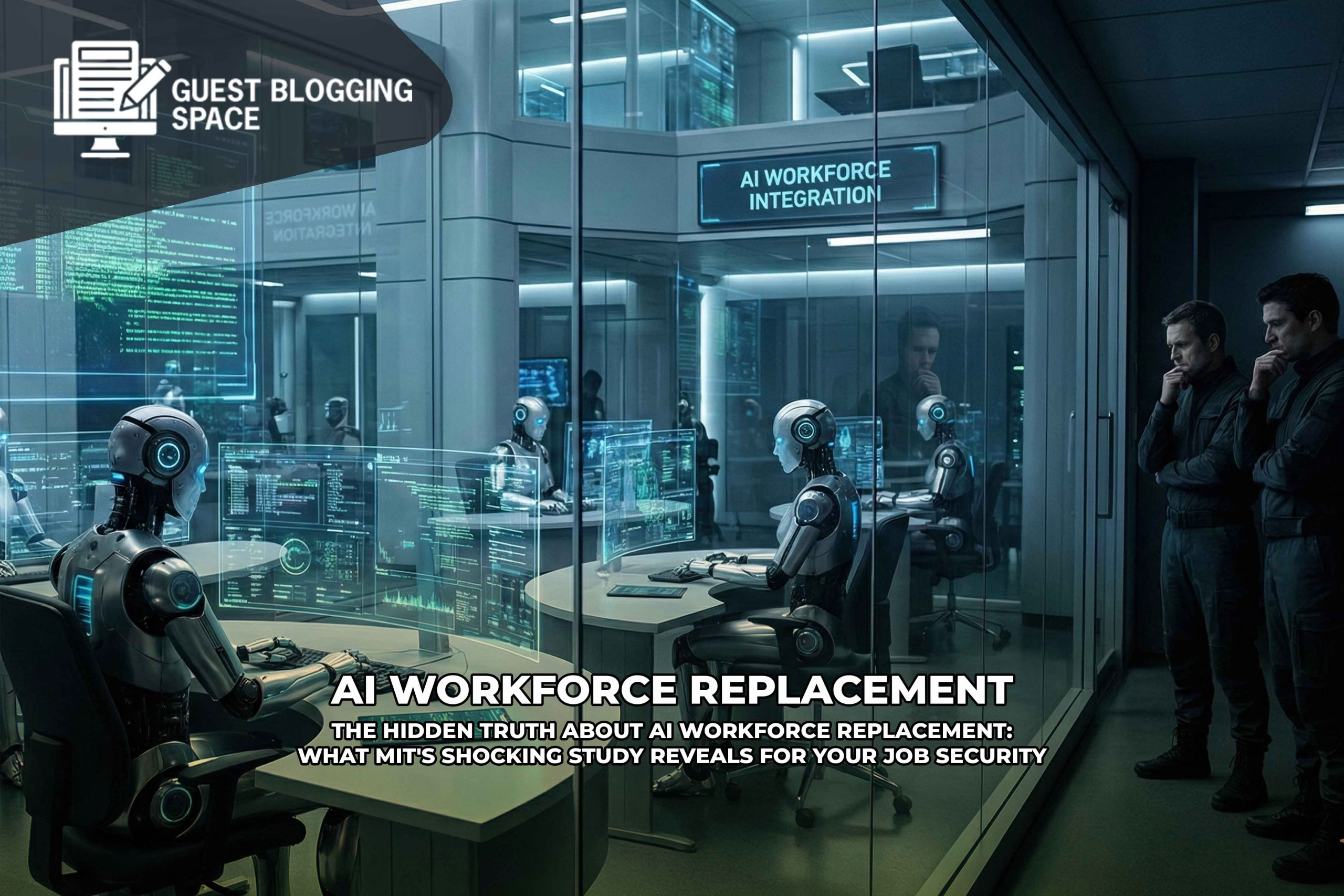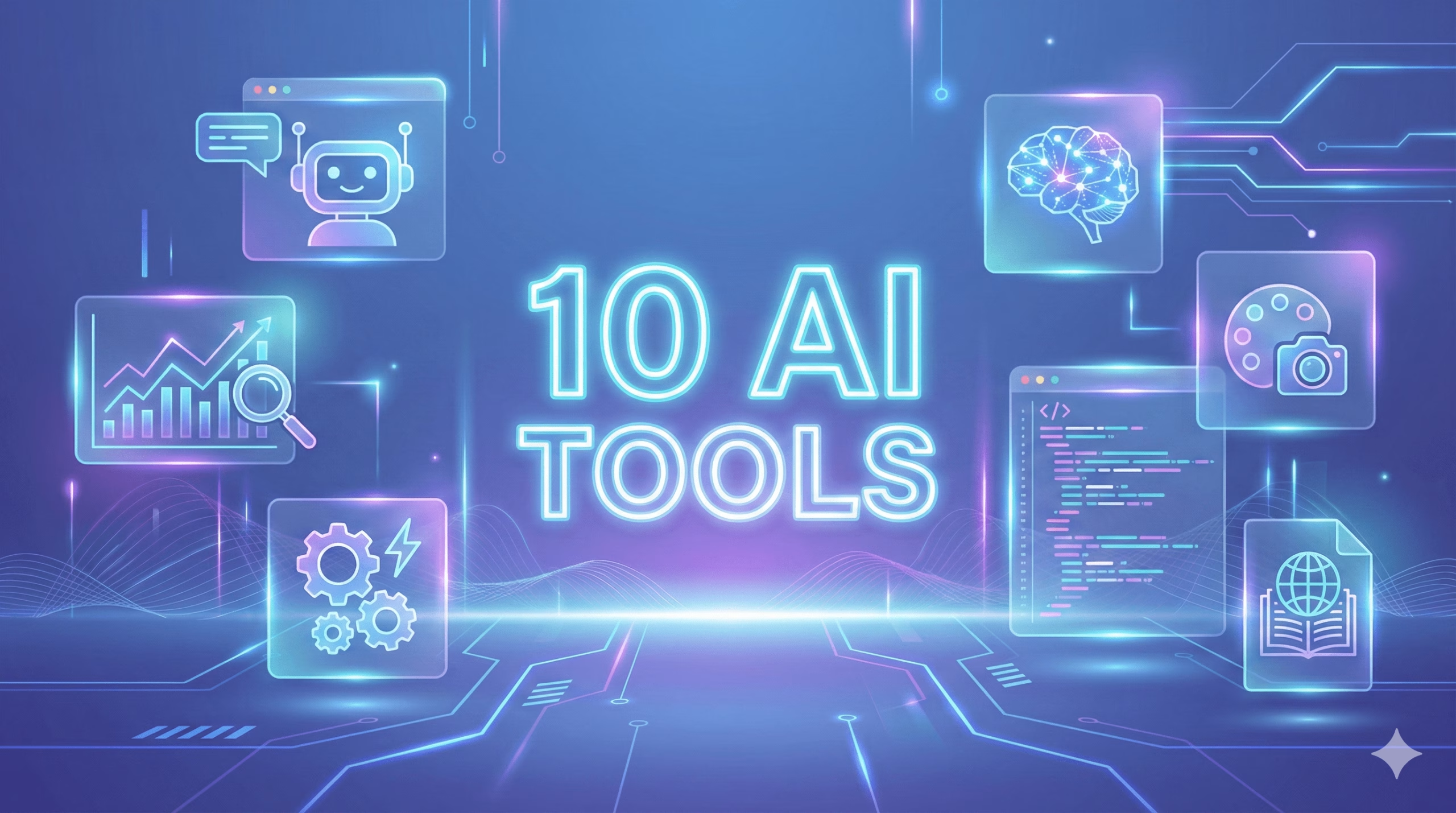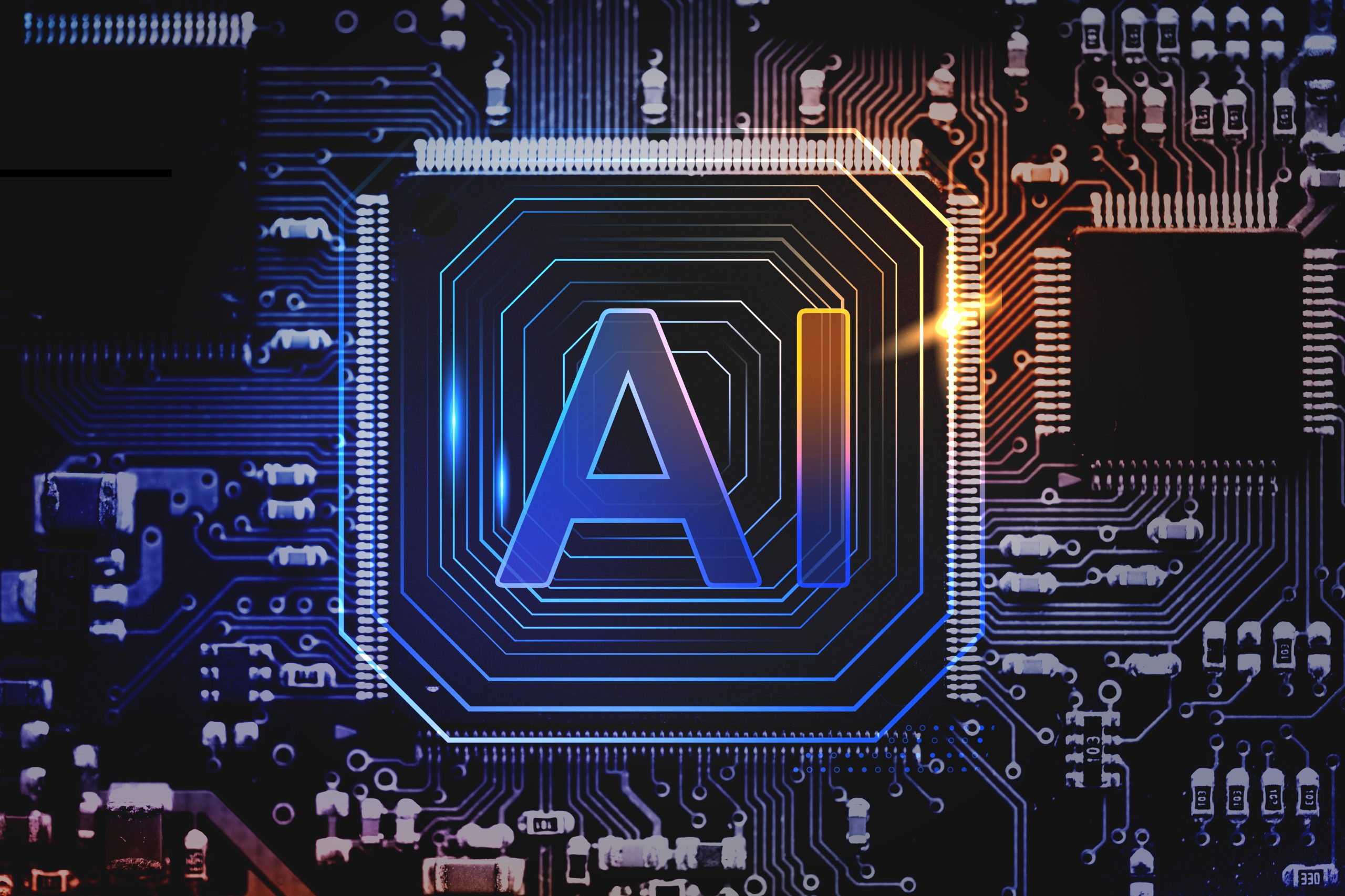The Hidden Truth About AI Workforce Replacement: What MIT’s Shocking Study Reveals for Your Job Security

The coffee mug shook slightly in Sarah’s hand as she read the morning headlines. Another study about artificial intelligence. Another warning about job losses. But this one felt different—because it came with specific numbers, precise calculations, and a chilling revelation: millions of American jobs could vanish faster than anyone imagined.
Massachusetts Institute of Technology just dropped a research bombshell that’s sending shockwaves through corporate boardrooms and state capitols across America. Their groundbreaking Iceberg Index study reveals something most people haven’t grasped yet—AI workforce replacement isn’t some distant future scenario. It’s happening right now, and the scale is staggering. We’re talking about nearly twelve percent of American workers whose jobs could be automated tomorrow with today’s technology. That’s not science fiction. That’s current capability.
The $1.2 Trillion Question Nobody Wants to Answer
Picture this: $1.2 trillion in wages. That’s the monetary value attached to jobs that artificial intelligence systems can already perform today. Not five years from now. Not after some breakthrough innovation. Today.
The MIT researchers, working alongside Oak Ridge National Laboratory, built something extraordinary—a digital mirror of America’s entire workforce. They call it the Iceberg Index, and it’s unlike anything we’ve seen before. This isn’t your typical academic exercise with abstract predictions. It’s a living, breathing simulation tracking 151 million American workers, analyzing their skills, evaluating their tasks, and calculating their vulnerability to AI automation with frightening precision.
Here’s what makes this research so unnerving: previous estimates focused only on visible tech sector disruption. Those studies told us about two percent of jobs facing automation risk. Comfortable numbers. Manageable numbers. Wrong numbers.
The real threat lurks beneath the surface, hidden from plain sight like the massive ice formation beneath an iceberg’s visible tip. When MIT researchers expanded their analysis beyond obvious tech roles, incorporating administrative functions, financial services, healthcare operations, and professional support positions, the numbers exploded. From two percent to nearly twelve percent. From $211 billion to $1.2 trillion in wage exposure.
Your Job Might Be More Vulnerable Than You Think
Let’s get brutally honest about something uncomfortable. If you work in human resources, logistics coordination, financial analysis, or office administration, your job sits squarely in AI’s crosshairs. These aren’t low-skill positions. Many require college degrees, specialized training, and years of experience. Yet they share something that makes them perfect targets for AI automation: repetitive cognitive tasks that follow predictable patterns.
Think about what happens in these roles. Processing paperwork. Analyzing data patterns. Coordinating schedules. Generating reports. Managing workflows. Responding to routine inquiries. Every single one of these tasks represents something artificial intelligence excels at performing. And here’s the kicker—AI does them faster, cheaper, and with zero coffee breaks.
The Massachusetts Institute of Technology team mapped over 32,000 professional skills across 923 different occupations in 3,000 counties nationwide. That’s not a back-of-the-envelope calculation. That’s comprehensive, granular, county-by-county intelligence showing exactly where AI disruption will hit hardest.
The Geography of Job Displacement Will Surprise You
Most people assume AI workforce replacement primarily threatens coastal technology hubs. California. New York. Washington. The places where tech companies cluster. Wrong again.
The Iceberg Index demolishes this comfortable myth. AI’s ability to displace workers spreads across all fifty states, reaching deep into America’s heartland. Those Rust Belt states everyone wrote off? Ohio, Michigan, Tennessee? They’re facing substantial exposure driven by cognitive work supporting their manufacturing operations. Financial analysis. Administrative coordination. Professional services. All vulnerable. All already replaceable with current AI capabilities.
North Carolina State Senator DeAndrea Salvador, who collaborated closely with MIT researchers, describes the study’s most powerful feature: its ability to drill down to hyperlocal detail. “Within a certain census block, here are the skills currently happening now,” she explains, “matching those skills with their likelihood of being automated or augmented, and what that could mean for local employment and GDP.”
This isn’t abstract economic modeling. It’s actionable intelligence that shows policymakers exactly which communities face the greatest risk, which industries need urgent intervention, and which workers require immediate reskilling support.
Three States Are Already Preparing for the AI Workforce Apocalypse
While most of America debates whether AI will really impact jobs, three states are already treating this as a present crisis rather than a future possibility.
Tennessee moved first. This month they released their official AI Workforce Action Plan, citing the Iceberg Index as foundational research. Utah is preparing similar documentation. North Carolina is deep into developing AI workforce strategies based on MIT’s findings.
Why these states? Why now?
Prasanna Balaprakash, director at Oak Ridge National Laboratory and co-leader of the research, also serves on Tennessee’s Artificial Intelligence Advisory Council. He’s analyzed the data, run the simulations, and understands the challenges ahead. He’s urging state leaders to take proactive steps to address AI workforce replacement, rather than waiting for job losses to force their hand.
Tennessee’s situation offers fascinating insights. Many of their core economic sectors—healthcare, nuclear energy, manufacturing, transportation—still depend heavily on physical labor. That provides some insulation from purely digital automation. But even these industries employ massive numbers of workers in administrative, analytical, and coordination roles. All vulnerable. All requiring proactive planning.
What “Can Replace” Really Means (And Why It Matters More Than You Think)
Let’s address something crucial that often gets lost in these discussions. When MIT says AI “can replace” 11.7% of the American workforce, they’re not predicting that this will definitely happen tomorrow. They’re stating that the technical capability exists right now.
This distinction is crucial. Just because technology has the capability doesn’t mean companies will adopt it right away. Economic pressures, regulatory hurdles, social pushback, implementation expenses, and organizational inertia all slow the pace of change. History shows that even with AI workforce replacement, widespread adoption often unfolds more gradually than initially predicted.
But here’s what should keep you awake at night: businesses operate on competitive pressure. The moment one company successfully reduces costs through AI automation, their competitors face intense pressure to follow. Not because they want to eliminate jobs, but because they need to survive. Market dynamics drive adoption regardless of social consequences.
The Iceberg Index doesn’t predict exactly when displacement happens. Instead, it provides a policy sandbox—a simulation environment where states can experiment with different intervention strategies before committing billions to implementation. They can test various training program designs, adjust workforce funding allocations, modify technology adoption incentives, and project how each scenario affects local employment and economic output.
The Hidden Automation Already Happening in Your Industry
While everyone fixates on futuristic AI robots, quiet automation is already reshaping white-collar work behind closed doors. Finance departments are implementing AI systems that process expense reports, reconcile accounts, and generate financial forecasts with minimal human oversight. Human resources teams are deploying AI recruiters that screen resumes, schedule interviews, and even conduct preliminary candidate assessments. Healthcare administrators are automating appointment scheduling, insurance verification, and medical billing processes.
This kind of automation often goes unnoticed because it unfolds slowly. Companies rarely declare, “We’re implementing AI workforce replacement for 20% of our staff.” Instead, they let vacancies go unfilled, restructure departments, and “improve efficiency.” Before long, teams that once needed twenty people are running smoothly with just twelve.
The professional services sector faces particularly acute vulnerability. Legal document review, financial auditing, market research analysis, compliance monitoring—these specialized functions that once required expensive human expertise are rapidly becoming automated. Not because AI performs them better, but because it performs them good enough at a fraction of the cost.
Why Traditional Predictions Failed So Spectacularly
Remember the automation fears from previous decades? Factory robots were supposed to eliminate manufacturing jobs. ATMs were going to make bank tellers obsolete. Self-checkout would destroy retail cashier positions. These predictions turned out wrong, or at least dramatically oversimplified.
Why? Because these technologies targeted specific tasks rather than whole jobs. Bank tellers moved from handling cash to focusing on customer service and sales. Factory workers shifted from assembly to operating machines and overseeing quality control. Retail staff transitioned from processing transactions to managing inventory and assisting customers—all examples of gradual AI workforce replacement at the task level.
But AI represents something fundamentally different. It doesn’t just automate physical tasks or simple computations. It replicates cognitive processes—analysis, decision-making, communication, problem-solving. The very skills that allowed workers to adapt to previous automation waves now face automation themselves.
The Iceberg Index captures this distinction. It evaluates not just task automation but role automation. Not just what AI can do, but what AI can do comprehensively enough to eliminate entire positions rather than merely augment them.
The Reskilling Challenge Nobody Wants to Discuss
Here’s an uncomfortable truth that deserves honest conversation: reskilling doesn’t work for everyone. When policymakers talk about training programs and workforce development, they present it as a universal solution. Learn new skills. Adapt. Move into different roles. Problem solved.
Reality proves messier. A fifty-two-year-old financial analyst who’s spent twenty-five years mastering their profession faces enormous barriers transitioning into an entirely different field. Age discrimination in hiring. Geographic constraints. Family responsibilities. Financial pressures. Psychological resistance to starting over. These aren’t minor inconveniences. They’re fundamental obstacles that reskilling programs often fail to address.
The MIT research team, to their credit, acknowledges this challenge. Their simulation platform allows states to test different policy interventions, not because they have all the answers, but because they recognize the complexity. What works in Tennessee might fail in Michigan. What succeeds for twenty-five-year-old tech workers might prove useless for middle-aged administrative professionals.
Creating Jobs vs. Destroying Jobs: The Missing Half of the Story
Every article about AI workforce replacement faces the same criticism: it ignores job creation. And there’s truth to that objection. Technology historically creates as many jobs as it eliminates, just different ones. The internet destroyed video rental stores but created e-commerce, social media management, and app development. Personal computers eliminated typing pools but spawned entire industries around software, IT support, and digital marketing.
So why should AI be different? Maybe it isn’t. Maybe twenty years from now we’ll look back and laugh at our fears, surrounded by new professions we can’t imagine today.
But here’s what makes this moment uniquely concerning: the speed. Previous technological transitions happened gradually over decades. Workers had time to adapt. Educational systems could adjust. New industries emerged organically. AI automation is accelerating at unprecedented rates. The gap between job destruction and job creation might create a painful transition period lasting years or even decades.
Additionally, many jobs AI creates require higher technical skills than the jobs it eliminates. If AI replaces administrative coordinators, the new jobs might be AI trainers, data scientists, and machine learning engineers—positions requiring completely different educational backgrounds and aptitudes. Not everyone can make that leap.
The Corporate Responsibility Nobody Wants to Talk About
Companies adopting AI automation face minimal legal obligations to displaced workers. No federal requirements for severance beyond basic unemployment compensation. No mandates for retraining support. No penalties for mass technological unemployment.
This policy vacuum creates perverse incentives. Businesses that invest heavily in supporting workers through transitions bear competitive disadvantages against companies that simply cut headcount and move on. The companies acting responsibly get punished by market dynamics.
Some organizations are stepping up voluntarily. Amazon committed billions to retraining initiatives. IBM restructured their workforce development programs. But these remain exceptions, not norms. Most companies follow shareholder pressure to maximize short-term profits regardless of social consequences.
The Iceberg Index could change this calculus by giving policymakers data to support targeted interventions. Tax incentives for companies that retrain workers. Penalties for firms that automate without transition support. Grants for industries demonstrating responsible AI adoption. These policy levers exist. The question is whether legislators have the political courage to implement them.
What This Means for Your Career Planning Right Now
Stop waiting for certainty. If you work in administrative support, financial operations, office coordination, human resources, logistics planning, or professional services, you need to start preparing today. Not because your job will definitely disappear tomorrow, but because the risk is real and growing.
Three practical steps:
First, develop skills AI can’t easily replicate. Emotional intelligence. Creative problem-solving. Strategic thinking. Interpersonal communication. Complex negotiation. These capabilities remain solidly human for now.
Second, position yourself at the intersection of human judgment and AI capabilities. Don’t fight the technology. Learn to leverage it. Become the person who understands both the AI tools and the business context where they’re applied. That makes you valuable rather than vulnerable.
Third, build flexibility into your career plans. Develop transferable skills that work across multiple industries. Create side projects that diversify your income sources. Cultivate professional networks that provide early warning about industry changes and open doors to new opportunities.
The Political Battle That’s About to Explode
AI workforce replacement is about to become intensely political. We’re talking about millions of middle-class workers facing job displacement. That’s not an economic statistic. That’s an electoral earthquake.
Politicians will face enormous pressure to “do something” about AI automation. But what? Ban AI adoption? Impossible to enforce and economically suicidal. Accelerate retraining programs? Expensive and uncertain results. Tax AI to fund displaced workers? Complicated to implement and might drive innovation overseas. Create universal basic income? Politically toxic in current climate.
The Iceberg Index gives policymakers ammunition for this debate. They can point to specific numbers, particular counties, concrete wage impacts. They can test policy proposals in simulation before real-world implementation. They can demonstrate to voters that they’re addressing the problem with data-driven solutions rather than empty promises.
Tennessee, North Carolina, and Utah are writing the playbook that other states will follow or modify. Their experiments with AI workforce planning will determine whether America addresses this challenge proactively or watches job displacement unfold while arguing about responses.
The Uncomfortable Questions We Need to Answer Collectively
Does society owe workers protection from technological unemployment? If so, who pays? Companies adopting AI? Taxpayers generally? The workers themselves through unemployment insurance?
Should we slow AI adoption to protect jobs? Or accelerate it to maintain American competitiveness? Can we do both simultaneously?
When AI can perform a job equally well as a human at lower cost, what moral obligation exists to employ the human? None? Complete? Something in between?
These aren’t technical questions with clear answers. They’re philosophical, ethical, and political questions that Americans need to debate openly and honestly. The MIT study doesn’t resolve these dilemmas. It simply makes them urgent.
Looking Beyond the Headlines Toward Real Solutions
The Iceberg Index represents something more valuable than scary statistics. It’s a tool for intelligent planning. A roadmap showing where disruption is headed. A simulator allowing policymakers to test interventions before implementation.
But tools by themselves aren’t enough. Their power depends on thoughtful application by people dedicated to safeguarding workers amid the rise of AI workforce replacement. This requires open discussions about the balance between efficiency and employment, along with sustained funding, political commitment, and careful attention—not impulsive, short-term reactions.
The 11.7% figure—almost twelve percent of American workers at risk of AI workforce replacement—is alarming, but it’s also a call to action. Unlike past technological shifts that took society by surprise, this time we have a clear warning. We can anticipate where the impact will be strongest, track how it unfolds, and use available tools to plan effective responses before the disruption hits.
The question isn’t whether AI will transform work — that shift is already underway. What truly matters now is whether we’ll guide that change with intention or end up reacting to it as it unfolds. It’s about deciding whether we’ll support the workers most at risk of AI workforce replacement or leave them to fend for themselves, and whether we’ll shape a future that benefits everyone rather than letting technology pull us along without direction.
MIT handed us a wake-up call. Three states are already responding. The rest of America needs to decide whether to hit the snooze button or get out of bed and face what’s coming.
Because ready or not, the AI workforce replacement isn’t a future threat. According to the most comprehensive research yet conducted, it’s a current reality we’ve been ignoring for too long.
FAQs
Q: Will AI really replace 11.7% of American jobs?
A: The study shows AI currently has the technical capability to replace these jobs, but actual replacement depends on economic factors, policy decisions, and business adoption rates.
Q: Which industries face the highest risk from AI automation?
A: Administrative support, financial services, professional services, healthcare operations, human resources, and logistics coordination face the most significant exposure to AI replacement.
Q: What is the Iceberg Index and how does it work?
A: The Iceberg Index is a simulation tool developed by MIT and Oak Ridge National Laboratory that models how 151 million American workers might be affected by AI automation at a county-by-county level.
Q: Can workers retrain for jobs AI cannot perform?
A: Yes, but success varies significantly based on age, financial resources, educational background, and geographic location. Not all workers will successfully transition despite reskilling efforts.
Q: What are states doing to prepare for AI workforce displacement?
A: Tennessee, North Carolina, and Utah are currently using the Iceberg Index to develop AI workforce action plans, testing policy interventions and planning training programs before widespread job losses occur.








